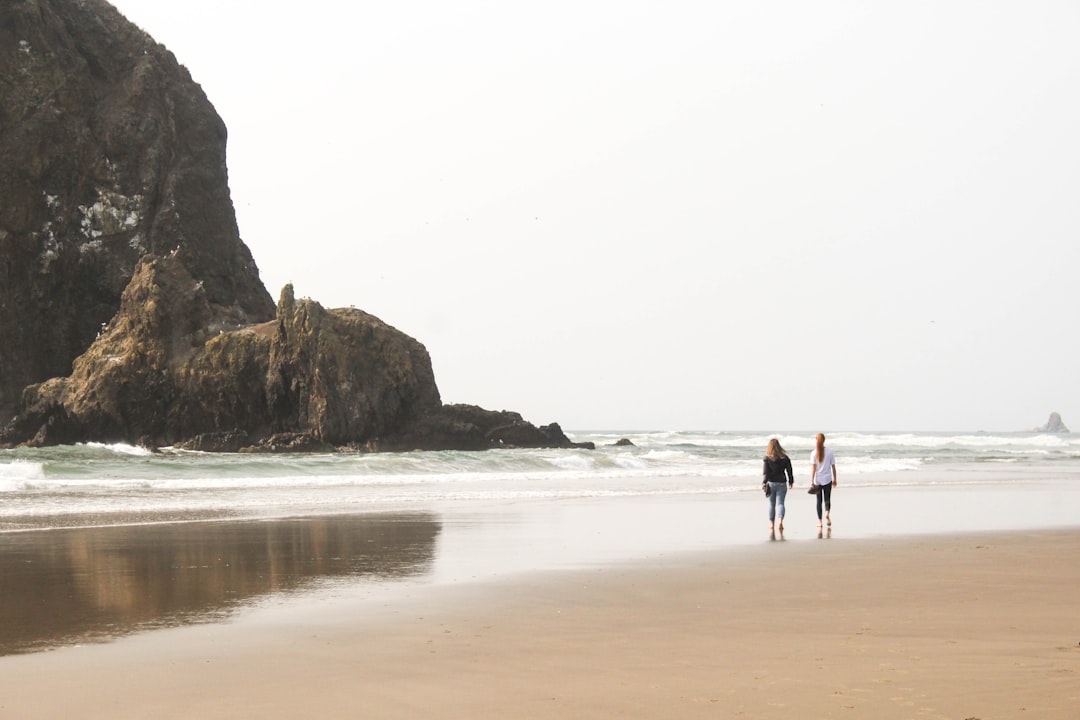how to get an mfa without getting an mfa
aka how to become a better writer
Like every aspiring writer, when I was coming up through the ranks, I read countless interviews from established authors, hoping to glean any crumb of information that might improve my craft. The advice was almost always the same.
Write a lot. Read a lot.
Now being on the other side, I can attest that this advice is true. I think I’ve even offered it up myself a few times while tired during an interview. There really is no better way to improve your writing than practicing and studying how the masters and your contemporaries do it.
That said, it’s sort of a dissatisfying answer, isn’t it? It lacks specificity, has a mind-numbing endlessness to it. Surely there must be more I can do, you’re thinking.
I’ve been there, friend. Walk with me.

A question I’m sometimes asked by unpublished writers is whether they need an MFA in creative writing to become an author. The answer is no. There are a dozen ways to secure an agent and publishing deal. I went the MFA route because a) I was between jobs (I used to work in advertising), b) I thrive in structured environments, and c) I received a fellowship, so my degree was fully funded. I wholeheartedly recommend MFA programs to anyone who has the privilege of time and money to attend. I had no formal education in writing prior to my MFA; my two years at Emerson College allowed me to be a sponge.
MFA programs generally center on the workshop—an opportunity to share one’s writing with peers 3-4x throughout the semester. Workshops were, of course, invaluable, but I found the craft courses I took at Emerson to be at least as instructive, if not more so. These were reading-heavy classes—typically a book per week!—that involved dissecting classics and modern classics, focusing on various craft elements along the way. One course in particular, taught by my thesis advisor and mentor Mako Yoshikawa, was so valuable that I’ve saved her forty-page handout all these years. Highlights included: narrative drive, psychic distance, and free indirect discourse. Flipping back through the packet makes me miss school!
But maybe returning to school for two years is not in the cards for you. Not to worry. As I’ve settled into Substack, finding more and more professional writers every day, I’ve noticed something: a number of them are faculty members at MFA writing programs, some at very prestigious, nearly-impossible-to-get-into schools. And they’re regularly giving craft lessons of an MFA caliber here, sometimes with a subscription, but often for free. If you devote yourself to a handful of these newsletters—by which I mean read every word and actually do the exercises—you will unquestionably find yourself improving. Your education doesn’t stop once you’re published either. As someone who would happily be an enrolled student for the rest of my life, I find these newsletters a super-useful resource to keep learning my craft.
Below are my current top recommendations. I don’t know any of these writers personally (I wish!), so you can rest easy knowing all my suggestions come solely from the value they provide.
SubMakk by Rebecca Makkai: Perhaps you’ve heard of her, seeing as her novel The Great Believers was a casual finalist for the Pulitzer. Her recent six-part series on endings reminded me of my former professor’s handouts and inspired me to write this post. Makkai is an accomplished teacher in her own right as the founder of StoryStudio Chicago.
Story Club with George Saunders: Again, an author who needs no introduction. Beloved by all writers and a longtime professor at Syracuse, Saunders’ free “Office Hours” series is thoughtful, generous, and beyond helpful. Many of his craft posts are behind a paywall, which I’m not currently subscribed to, but I bet they’re worth the investment.
No Failure, Only Practice by Matt Bell: Bell teaches creative writing at ASU—what I would give to take his class! This newsletter, more than the others, offers both craft lessons as well as a detailed exercise at the end of every edition. He also reads widely and has great book recommendations. His most recent novel, Appleseed, was a New York Times Notable Book.
Before and After the Book Deal by Courtney Maum: Last but absolutely not least, I discovered Maum when her craft book (also titled Before and After the Book Deal) came out a few years ago. I read it cover to cover and found it chock-full of excellent advice. Her Substack continues to provide the same and is the only newsletter on this list that focuses on the business side of writing as much as the craft stuff. A total gem.
I wholeheartedly believe that if you follow these four people and pay close attention to their advice and lessons, you will steadily improve at your craft while deepening your knowledge of the publishing industry. Congratulations, you’ve just found yourself a free MFA.
Your turn! Help me add to my list: what are your must-read author newsletters/blogs?
Cheers,


